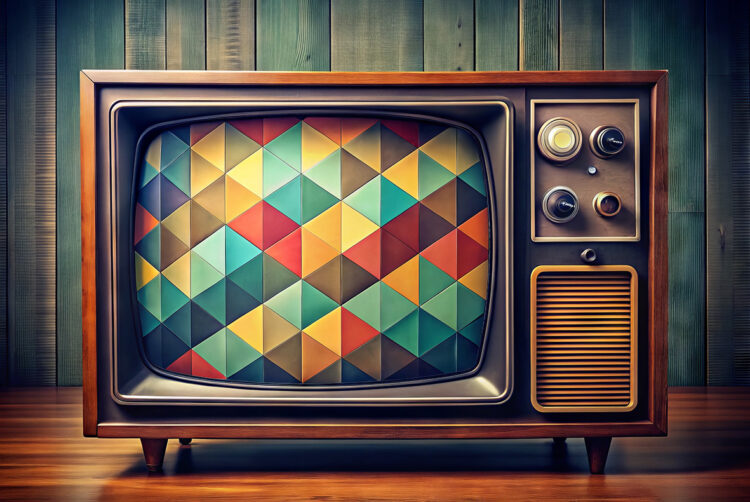How will TV finally get the measurement it deserves?

Opinion
Ahead of his appearance at Connected TV World Summit, Sameer Modha outlines his view on TV chasing the long tail of advertisers and measuring outcomes.
Twenty years ago, small businesses struggled to run mass-reach advertising and measure its impact. Big companies? They had it sorted.
Sellers paid for the measurement of audience reach. Buyers and sellers transacted on that reach. Buyers paid to link reach to business impact.
This division of labour made sense at the time, as there was no way to link ad exposures directly to business outcomes. Advertisers made do with models and intermediate metrics to show, for example, how the reach of media contributed to brand awareness or brand awareness to sales.

Today, however, millions of businesses can advertise at scale. The platforms, such as Google and Meta, changed everything. Instead of selling ad space, they sold time.
Their “ad units” were predictions of timely business impact — clicks, visits, purchases. They relieved advertisers of the work of targeting advertising and measuring its impact, especially for online outcomes, and advertisers loved it.
As a result, most media money in mature ad markets has shifted towards outcome-denominated advertising. Platforms, and outcomes, have largely won.
Evolution of platforms
In their early days, buying platform ads was like paying someone to water your garden in the rain. Stuff got wet, but was it caused by the ads?
Targeting signals and outcomes were so highly correlated — people searching for shoes often go on to buy, er, shoes — that money was wasted on people who were buying anyway.
Now, platforms have rich data from both consumers and advertisers. They build models to show ads to people who wouldn’t otherwise buy or visit. This is causation, not correlation.
Incrementality-driven products are their fastest-growing tools now, because they help advertisers avoid a) waste on people who were going to buy anyway; and b) people who’ll never buy.
It’s as if you can pay Google to water just the dry bits of your garden, while also leaving the patio dry.
TV’s fight-back
So, what about telly? It might seem as though buying TV, and measuring its business impact, is as hard today as it was 20 years ago.
You might even think TV’s response has been to double down. To tell advertisers they’re wrong. Wrong to buy “toxic digital metrics”. Wrong to stray from the 60/40 split. Wrong to put the short of it ahead of the long. Wrong to let platforms mark their own homework. Wrong to abandon their faith in reach-based marketing in favour of those short-term platform products.
And while it’s true that the dominant narrative has focused on the long-run benefits of TV, if you look a little closer, you’ll see change is happening.
More and more advertisers are getting on “air”. Many are getting help from broadcasters to measure the impact on their business results, especially in the “FELT” — the fat end of the long tail: the bigger small businesses that benefit from TV but struggle to prove it in the near term.
The era of outcome measurement
And there’s more to come. Platforms get well over half the media money (probably even for video ads), but is it likely that they generate over half the value of advertising for advertisers? Or is linear telly undervalued?
Could it be that, because of measurement limitations, linear was undervalued even back in the heady days of rampant TV price inflation? (Although I’m told other things were also rampant in TV’s Rivals era…)
“Those are,” as my old tutor would have said, “empirical questions.” And TV is starting to give empirical answers. Outcome measurement in telly is gathering pace. We’re learning that, in a platform world, TV’s near-term value is even more abundant.
If being on air can make an advertiser’s Google clicks cheaper, as we’ve shown at ITV, then what else is TV doing that it isn’t getting credit for? We shall find out.
Brands could be spending three times too much on social. You read that right
In the UK, Sky, Channel 4 and ITV have started Lantern — a measurement programme that aims to link TV exposures of individual households to their online behaviours in the days and weeks after the ad.
And, as you can hear this week at Connected TV World Summit, AGTT (Austria’s Barb) has transformed TV trading there by collecting large-scale data from smart TVs. By doing so, it has not only replaced its classical people meter, but TV Insight, the joint venture behind the project, is now poised to link ad exposure with outcome data to reveal, for example, TV’s real-time impact on advertiser site traffic.
The future of TV outcome measurement is looking bright. With “telly boxes” — both TVs and set-tops — increasingly being linked to the internet as well as to a transmitter, linear ads have a great opportunity to win back a fairer share of the enormous value they create for advertisers.
 Sameer Modha is measurement innovation lead, commercial, at ITV
Sameer Modha is measurement innovation lead, commercial, at ITV



